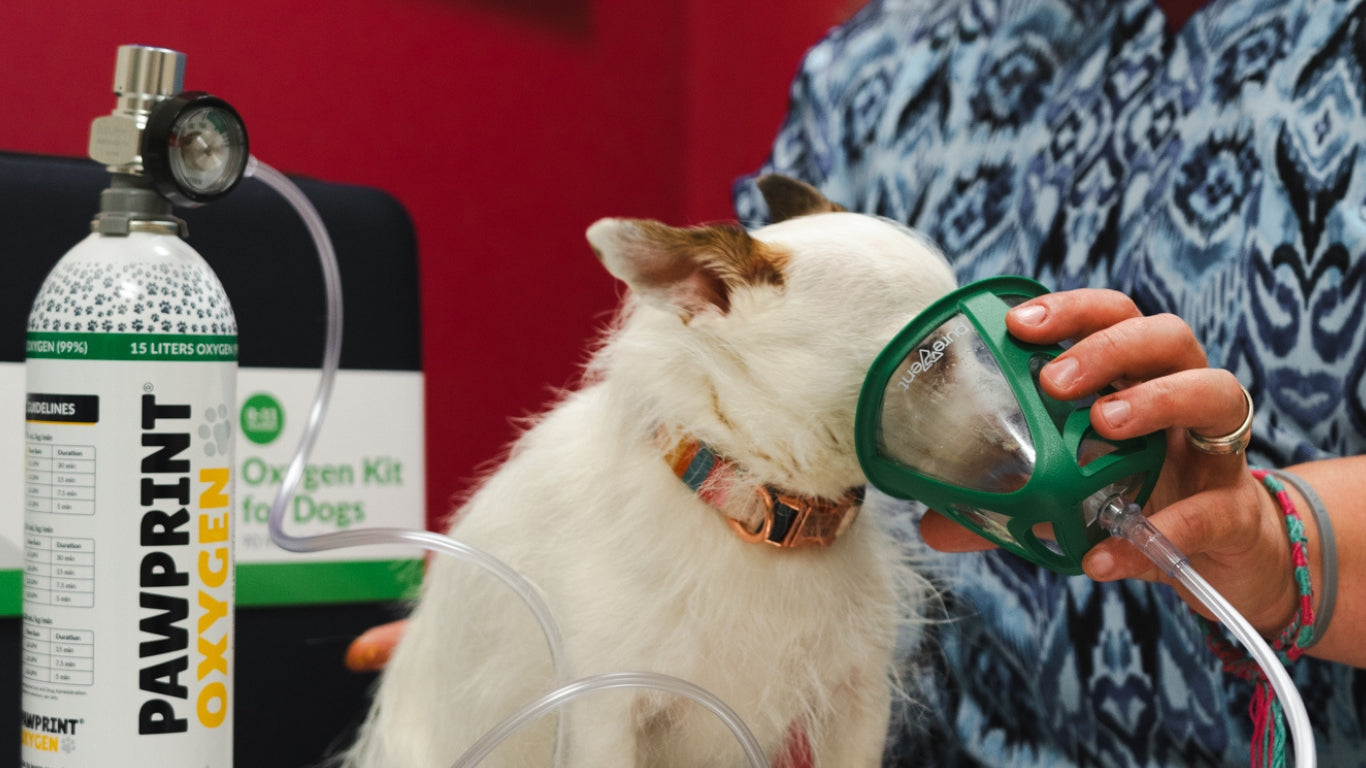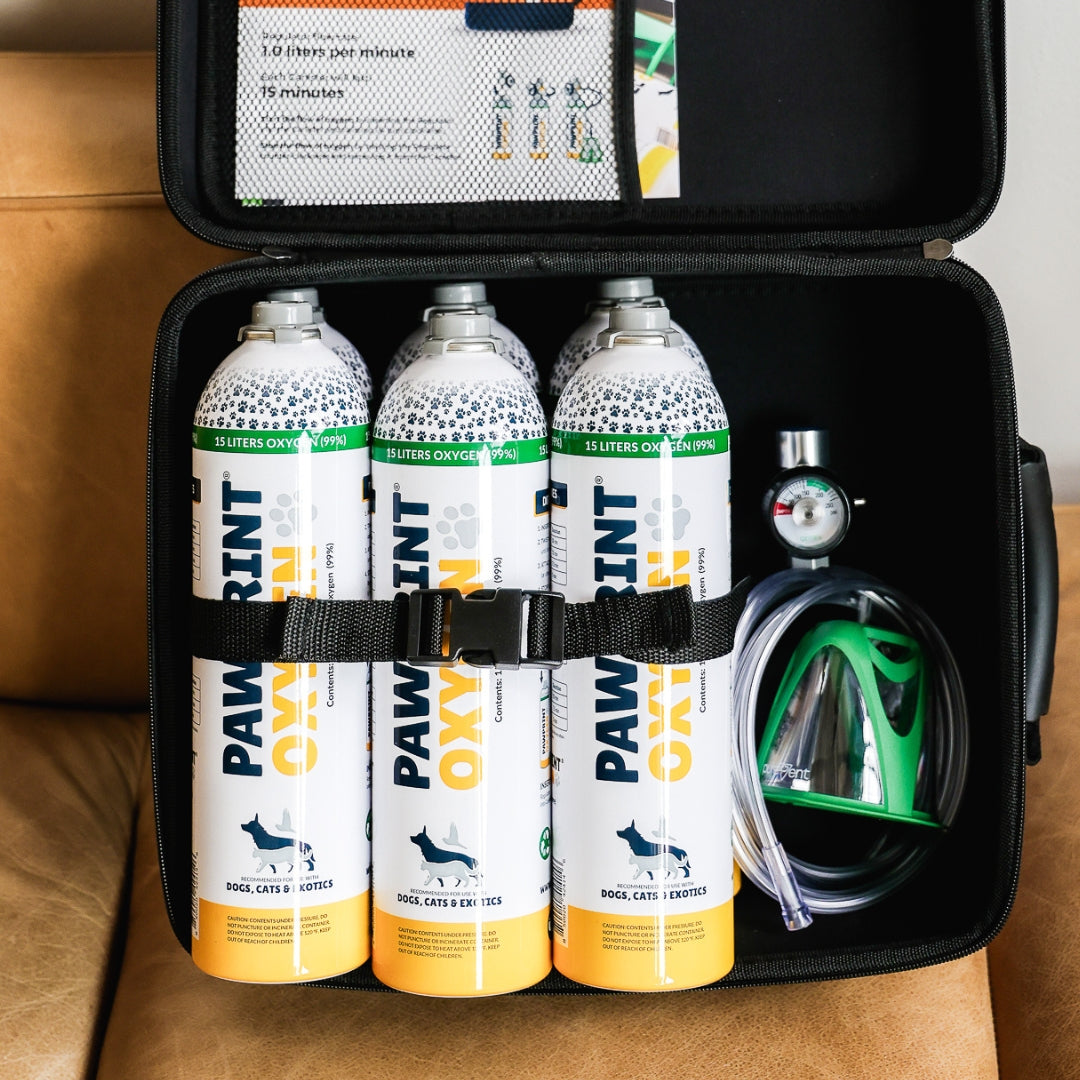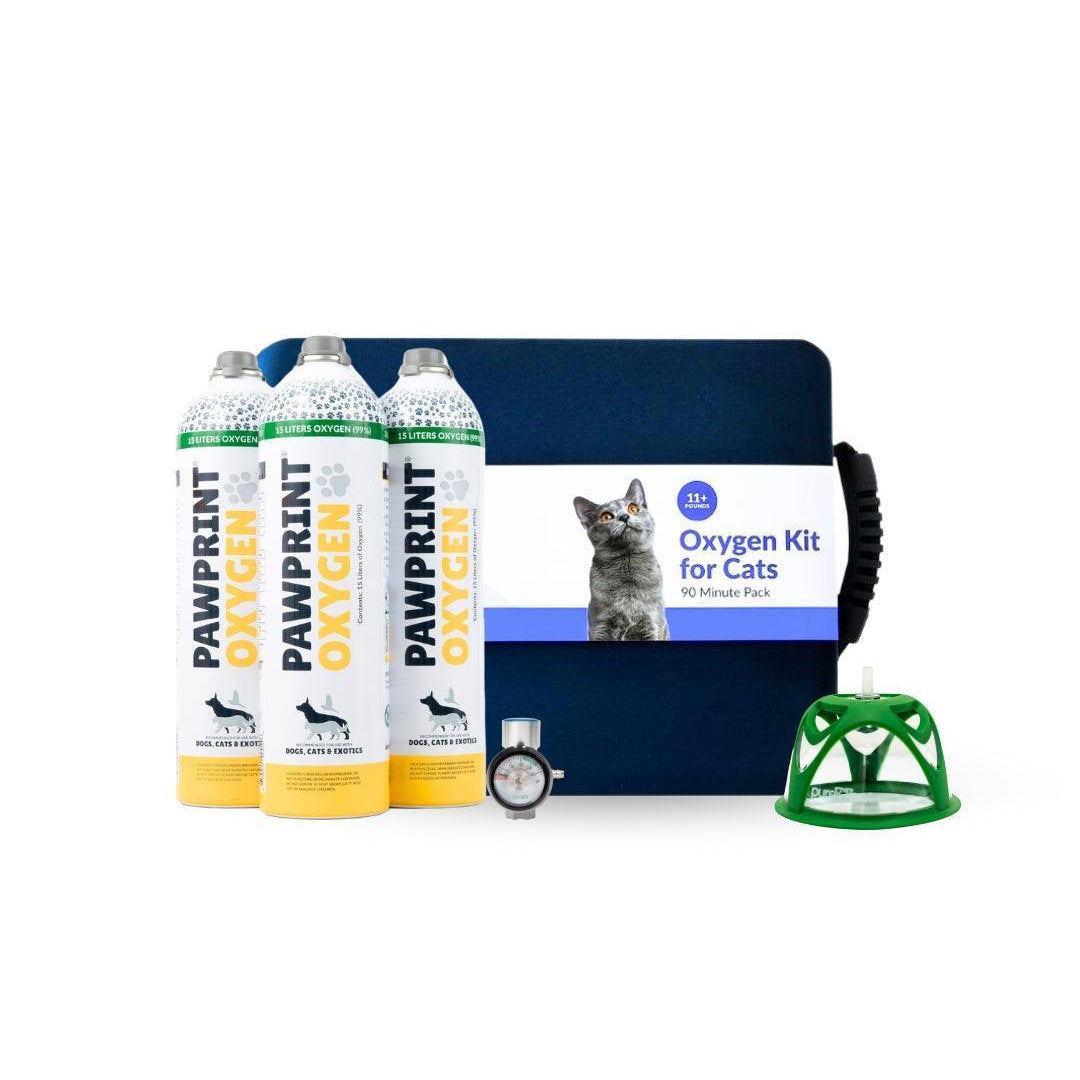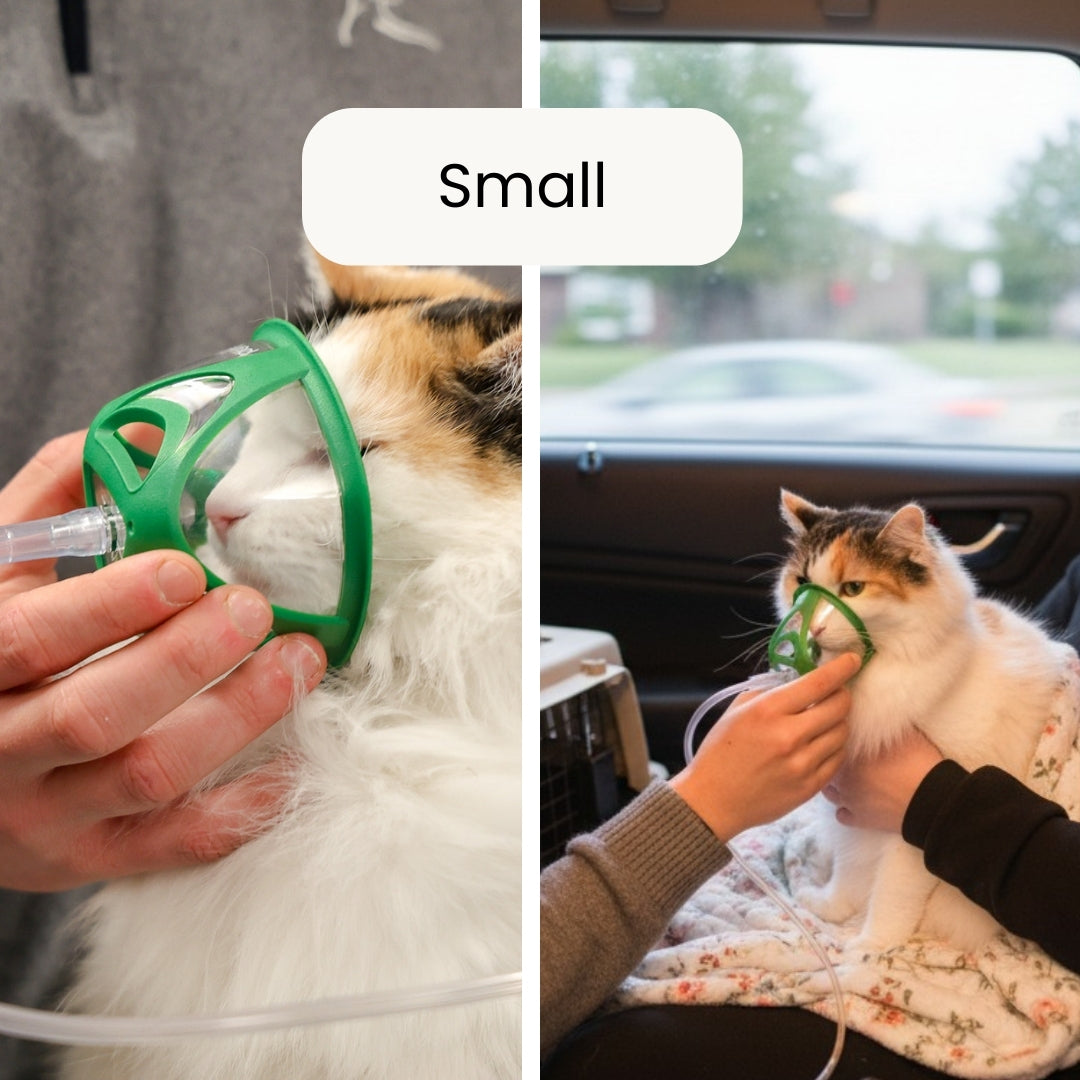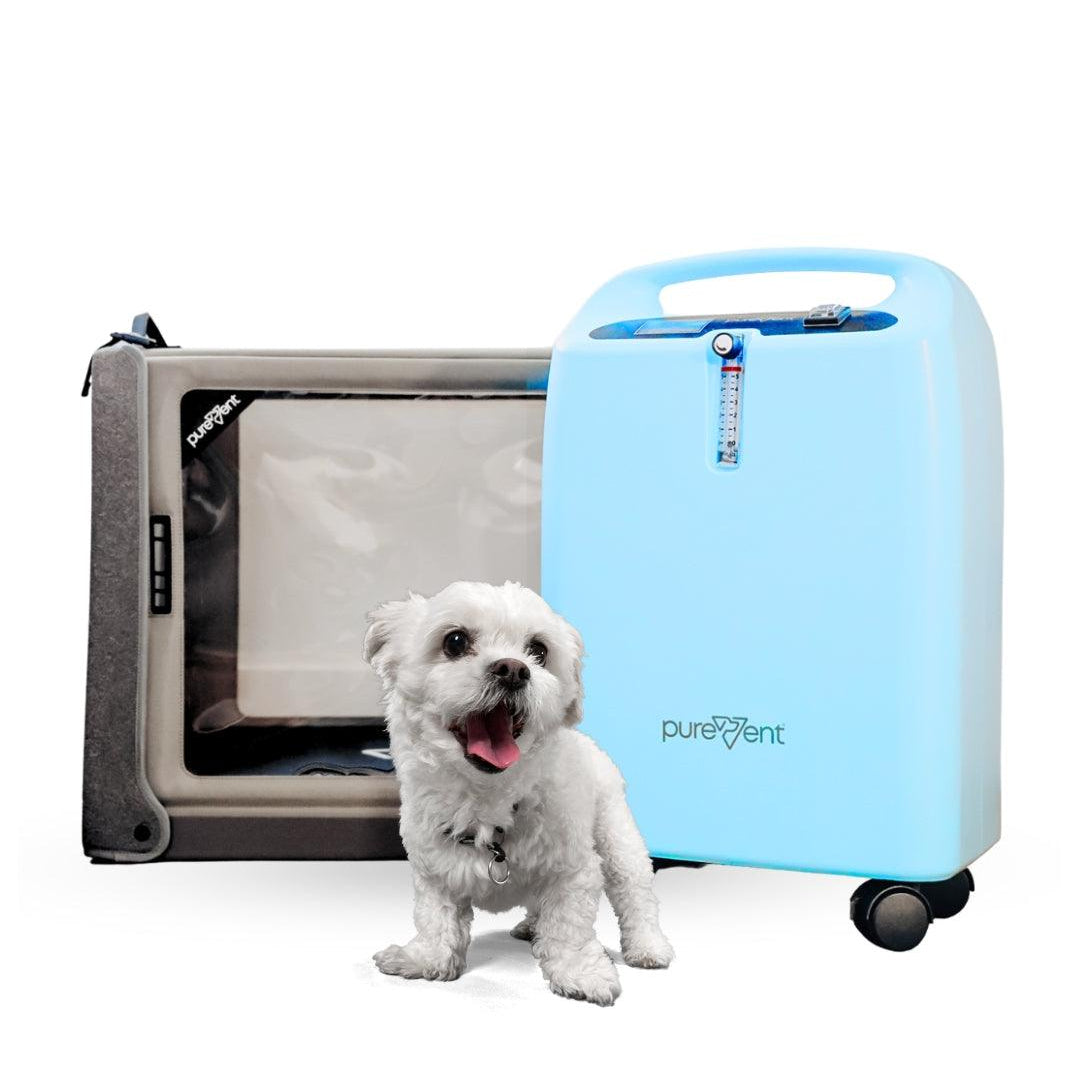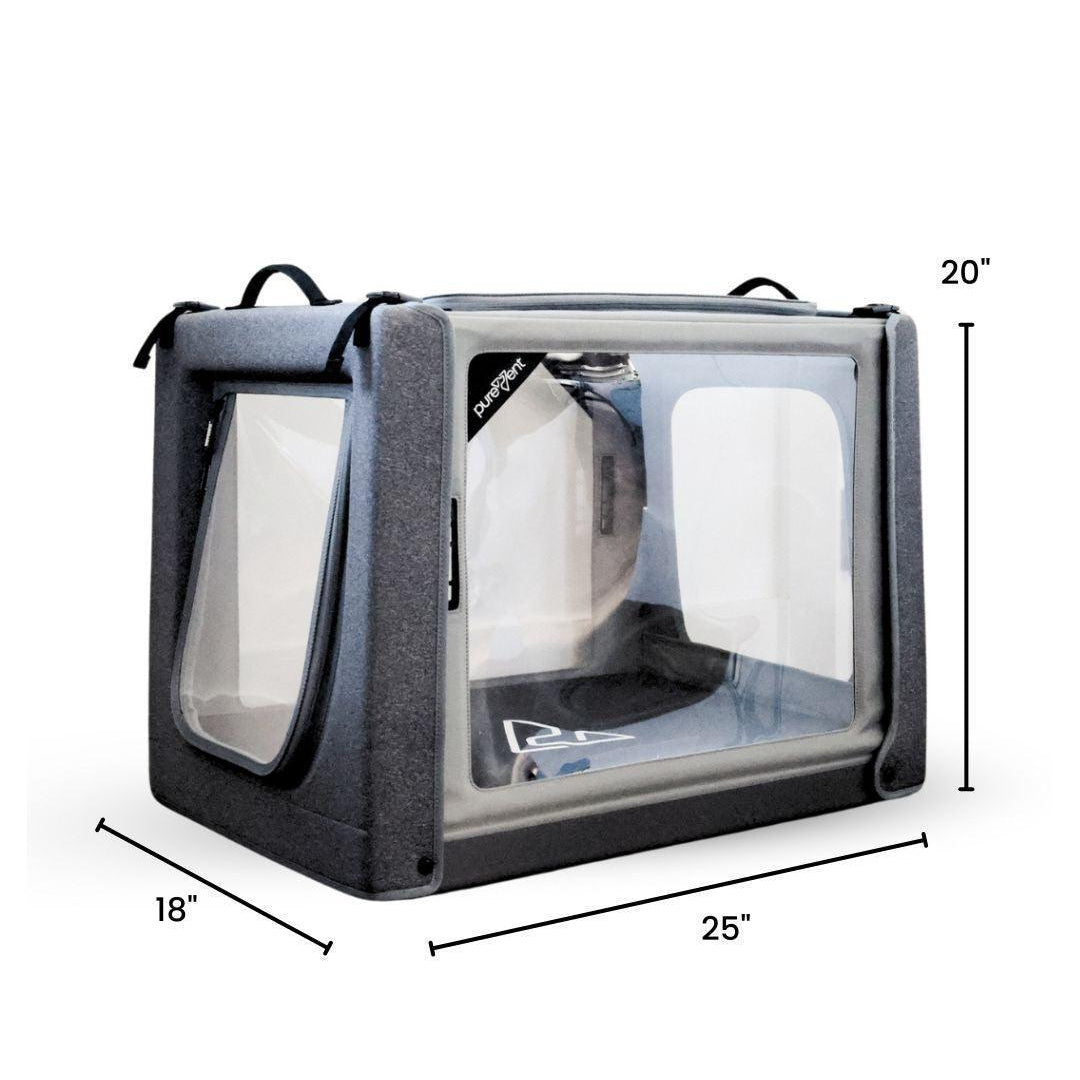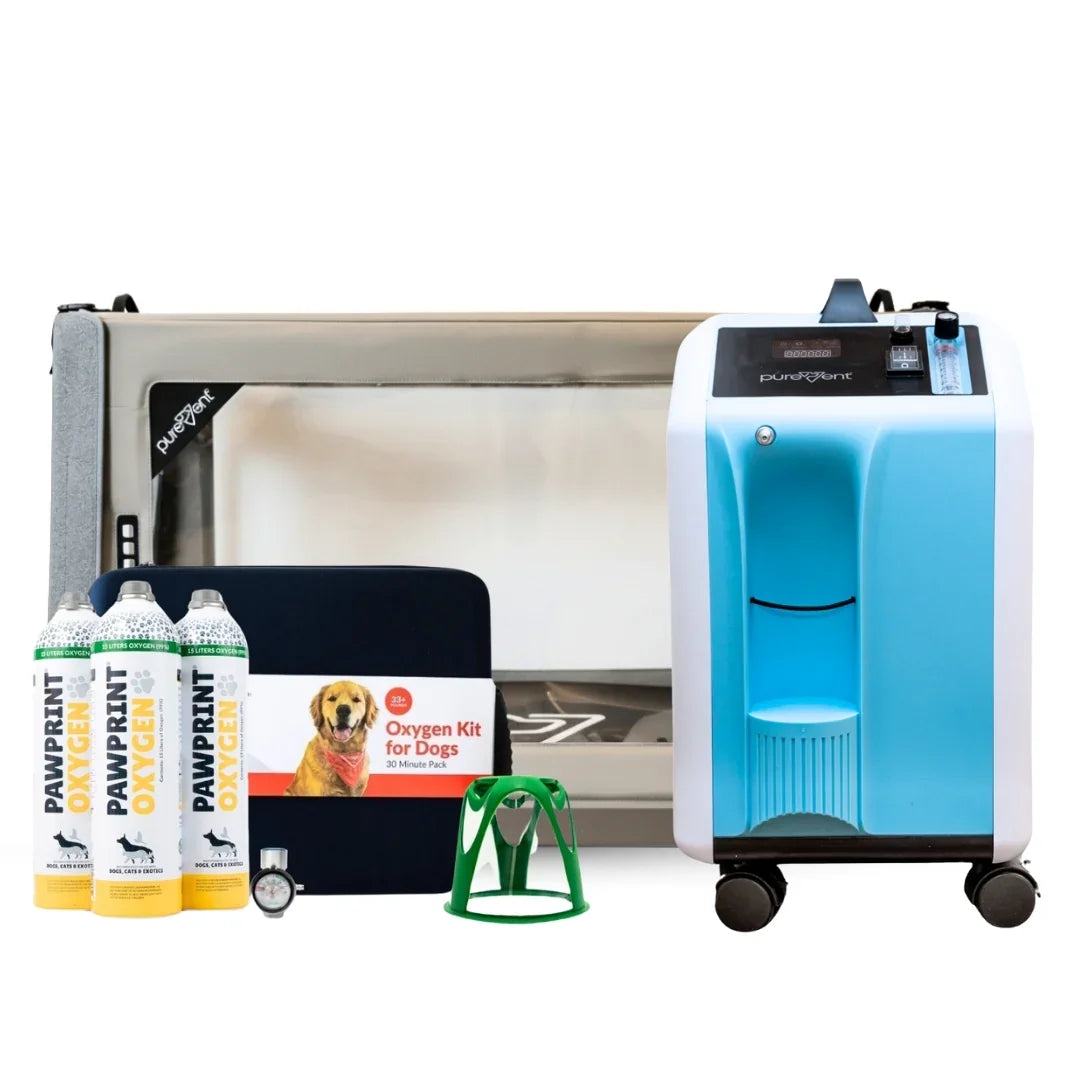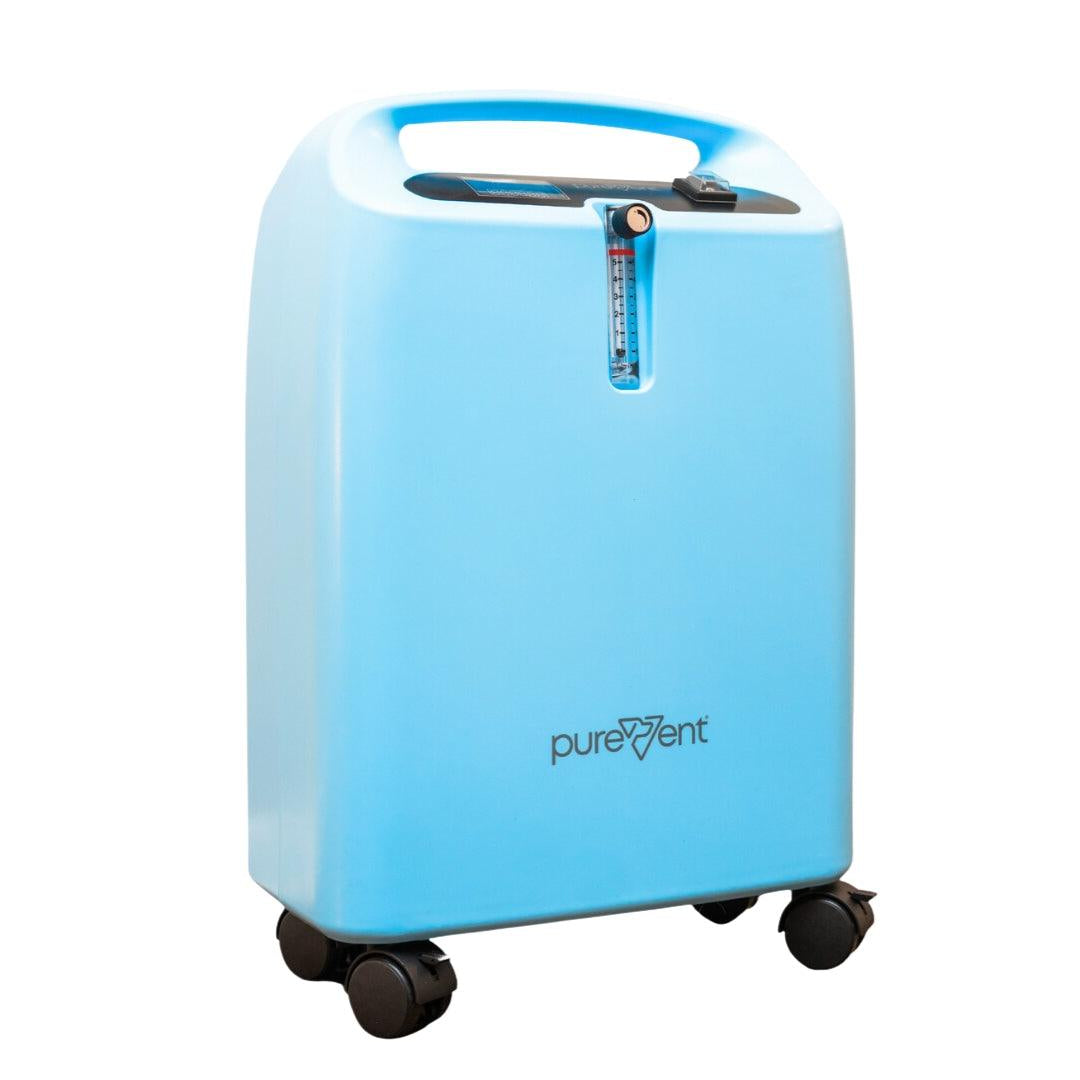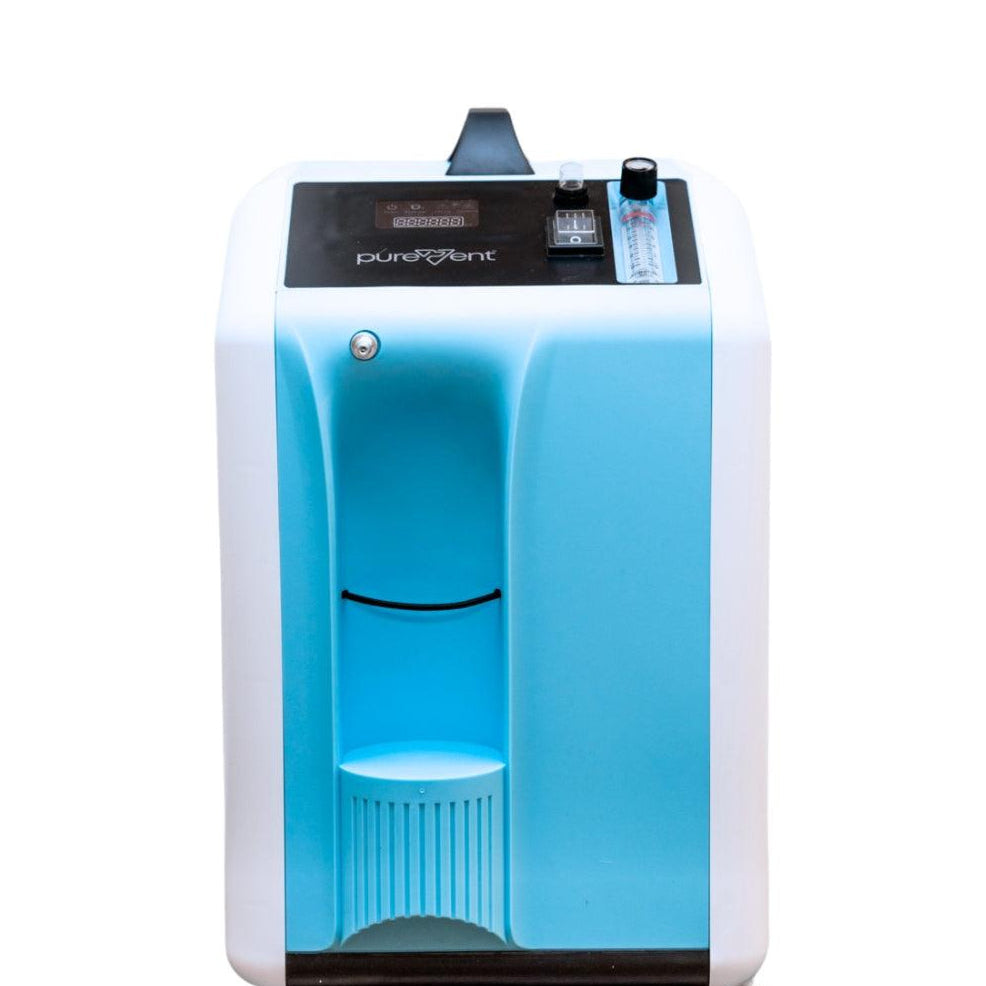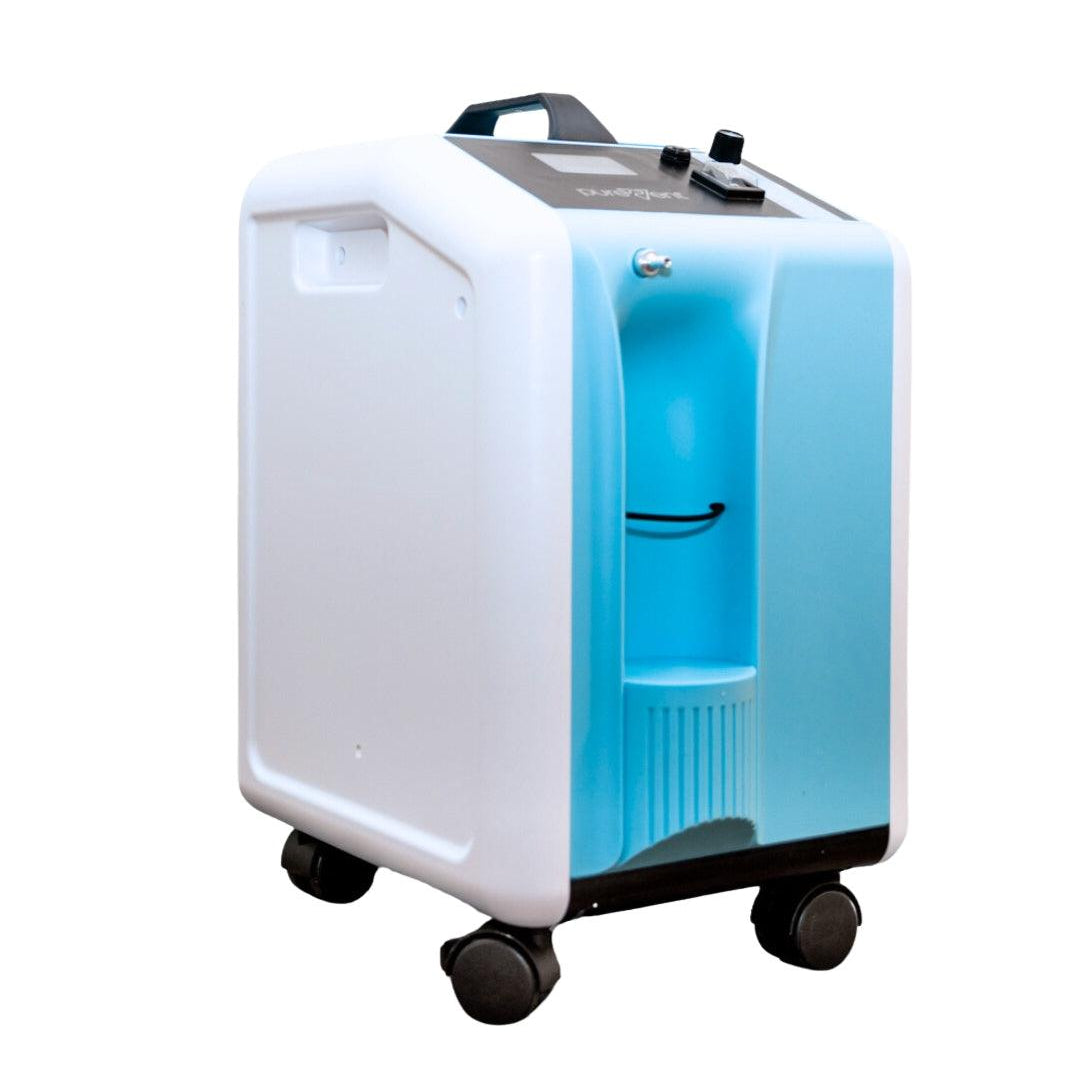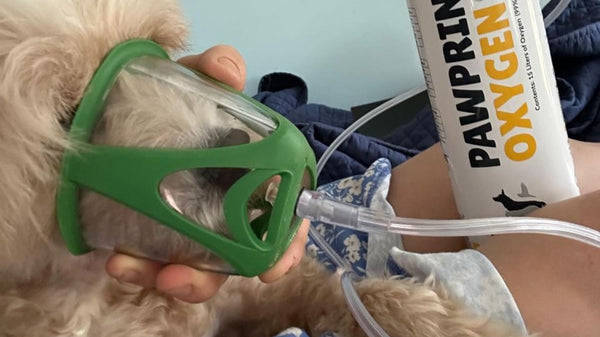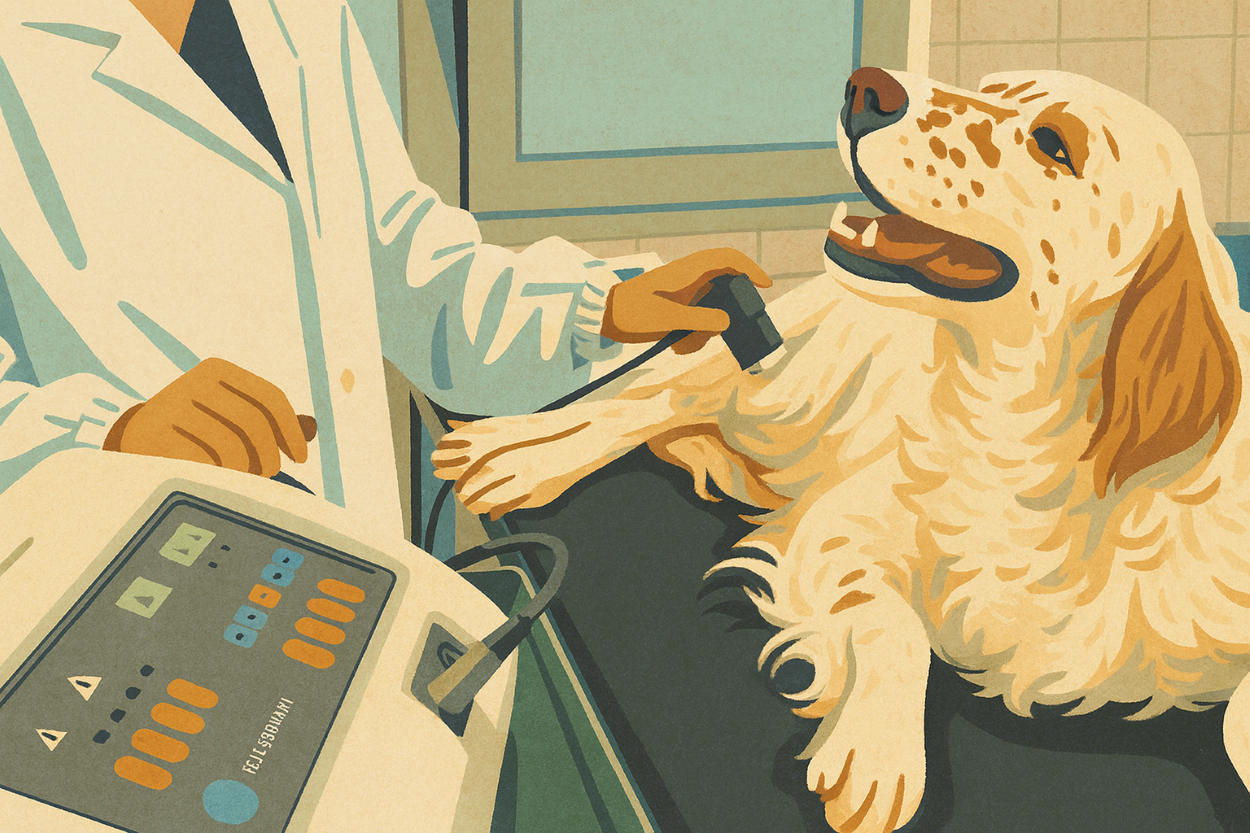Syncope, commonly referred to as fainting, is a sudden and temporary loss of consciousness in dogs, often caused by a momentary reduction of blood flow to the brain. This condition can be alarming for pet owners, as it typically results in their dog collapsing unexpectedly, sometimes with little warning. Unlike seizures, which may involve muscle convulsions or disorientation, syncope episodes are brief and often lead to a rapid recovery once blood flow is restored.
Syncope in dogs can have various underlying causes, including heart issues such as arrhythmias, respiratory problems, or even neurological conditions. Identifying the cause is critical because treating syncope effectively relies on addressing the root issue. Left untreated, syncope can lead to more frequent episodes or, in some cases, more severe health complications.
In this article, we’ll explore how to recognize syncope in dogs, the steps involved in diagnosing it, and the various treatment options that can help manage this condition and improve your dog's quality of life.
Table of Contents
Understanding Syncope in Dogs
Syncope is the medical term for a temporary loss of consciousness, or fainting, caused by a sudden drop in blood flow to the brain. In dogs, this typically results in a brief collapse, where the animal falls to the ground but quickly regains consciousness. While it may seem like a seizure at first glance, syncope is different in its presentation and underlying cause. During a syncopal episode, a dog often appears limp and non-responsive for a short period, usually lasting seconds to a minute, before recovering without the confusion or muscle convulsions seen in seizures.
It’s important to distinguish syncope from other neurological conditions like seizures, which involve abnormal electrical activity in the brain. Unlike syncope, seizures are usually characterized by muscle twitching, paddling of the legs, or involuntary movements. Syncope in dogs, on the other hand, is a direct result of insufficient blood flow or oxygen delivery to the brain and does not typically involve such motor activity.
Understanding the root cause of syncope is crucial for effective treatment. Whether the issue is heart-related, respiratory, neurological, or due to other factors, addressing the underlying condition will help prevent future episodes and ensure your dog’s well-being.
Common Causes of Syncope:
Several underlying conditions can lead to syncope in dogs, and recognizing the cause is essential for determining the right treatment plan. Some of the most common causes include:
- Cardiac Issues: The most frequent cause of syncope in dogs is related to the heart. Arrhythmias, or abnormal heart rhythms, can disrupt the heart's ability to pump blood effectively, leading to a sudden drop in circulation to the brain. Heart diseases, such as congestive heart failure, can also cause syncope in dogs by reducing the heart’s overall function. Other cardiac conditions like valve diseases or structural abnormalities may also contribute to this problem.
- Respiratory Issues: Dogs with respiratory conditions, such as collapsed trachea or pulmonary hypertension, may have trouble getting enough oxygen into their bloodstream, which can trigger syncope. Pulmonary hypertension, which is elevated blood pressure in the lungs, can restrict oxygen flow, causing the dog to faint during exertion or stress. Similarly, a collapsed trachea can reduce air intake, particularly when a dog is excited or stressed.
- Neurological Conditions: Although less common, some neurological disorders can interfere with the brain’s ability to regulate normal functions like blood pressure and heart rate. This disruption can result in syncopal episodes. Conditions affecting the autonomic nervous system, which controls involuntary processes like heart rate and breathing, might also play a role in triggering syncope in dogs.
- Other Factors: In some cases, external factors such as stress, extreme excitement, or even fear can lead to a syncope episode. These events can trigger an abrupt change in heart rate or blood pressure, leading to a temporary lack of oxygen in the brain. Additionally, low blood pressure (hypotension), whether from medications or other underlying health issues, can also cause fainting spells in dogs.
Diagnosing Syncope in Dogs
The first step in diagnosing syncope in dogs is a thorough veterinary examination. This begins with an initial physical exam, where your veterinarian will assess your dog’s overall health, listen to their heart and lungs, and check for any physical abnormalities that may indicate an underlying condition. The vet will also take a detailed history, asking specific questions to identify potential triggers and patterns. They may ask about the following:
- The frequency and duration of the episodes
- What the dog was doing before the syncope episode occurred (e.g., playing, excited, or at rest)
- Whether the dog exhibited any signs of distress or breathing difficulties before or after the episode
- If the dog regained consciousness quickly after fainting or experienced lingering effects
- Any known medical conditions or medications the dog is currently on
These questions help the veterinarian narrow down the potential causes of syncope and determine the most appropriate diagnostic tests.

Diagnostic Tests for Syncope in Dogs
Once the initial examination and history are completed, your veterinarian will likely recommend a series of diagnostic tests to pinpoint the underlying cause of syncope. Some of the most common tests used to diagnose syncope in dogs include:
- Electrocardiogram (ECG) for Heart-Related Causes: An electrocardiogram is key for diagnosing cardiac-related syncope in dogs. It records the heart's electrical activity, detecting arrhythmias that often cause fainting in dogs. Findings guide treatment, such as prescribing medication or referring to a cardiologist.
- Blood Tests for Metabolic Conditions: Blood tests help diagnose syncope in dogs by revealing underlying metabolic conditions. They can detect issues like hypoglycemia, electrolyte imbalances, or anemia that may cause fainting. These tests also assess liver and kidney function, which can indirectly impact the heart or circulatory system.
- Chest X-rays or Echocardiogram for Heart and Lung Evaluation: For suspected heart or lung conditions, imaging tests like chest X-rays or echocardiograms may be recommended. X-rays assess heart and lung size and shape, revealing signs of disease or fluid buildup. Echocardiograms provide detailed views of heart structure and function, helping diagnose valve issues, heart failure, or structural abnormalities.
- Holter Monitoring to Track Arrhythmias Over Time: A Holter monitor may be used when arrhythmias are suspected but not detected during an initial ECG. This portable device records heart activity for 24-48 hours, capturing intermittent arrhythmias that might be missed in a short exam. It's especially useful for dogs with infrequent syncope, as it collects data during normal activities.
Each of these diagnostic tests plays a vital role in determining the cause of syncope in dogs. By identifying the underlying issue, your veterinarian can develop a targeted treatment plan to prevent future episodes and improve your dog's quality of life.
Oxygen Kit for Dogs
Pawprint Oxygen's Portable Kit for Dogs is specifically designed to assist your dog during episodes of syncope, when immediate support is crucial. You can provide on-the-spot oxygen or use the kit to deliver oxygen while transporting your dog to emergency care. This kit is ideal for dogs experiencing sudden fainting episodes or those at risk of recurrent syncope, giving you peace of mind and the ability to offer vital care when it's needed most.
Treatment Options for Syncope in Dogs
Treating syncope in dogs starts with managing the underlying conditions that trigger fainting episodes. Identifying and addressing the root cause—whether it’s heart, respiratory, or neurological in nature—will help reduce the likelihood of future syncopal events. Below are the most common approaches to managing these conditions:
- Heart-Related Causes: Treating heart-related syncope often combines medications and lifestyle changes. Anti-arrhythmic drugs stabilize heart rhythms, while pacemakers may be needed in severe cases. For congestive heart failure, diuretics and ACE inhibitors can improve blood flow and reduce fainting episodes.
- Respiratory Causes: For respiratory-related syncope, treatment aims to improve oxygen intake and reduce airway obstructions. Dogs with pulmonary hypertension or collapsed trachea may benefit from oxygen therapy, ensuring adequate oxygen delivery during stress or exertion. Tracheal support, including surgery or specialized collars, can also help reduce respiratory-induced syncope in dogs.
- Neurological Causes: For neurological syncope, medications manage symptoms. Anti-seizure drugs or nervous system stabilizers may prevent fainting in dogs with nerve issues. Veterinary guidance is crucial, as improper treatment can worsen the condition.
What is syncope in dogs?
Syncope in dogs is a sudden, temporary loss of consciousness caused by a decrease in blood flow to the brain, often triggered by an underlying health issue like heart disease, low blood pressure, or an irregular heartbeat. It can appear similar to fainting and may be followed by a quick recovery. Dogs experiencing syncope should be evaluated by a veterinarian to determine the cause and manage the condition properly.
Are all dogs affected by syncope?
No, not all dogs are affected by syncope. Syncope is more common in dogs with underlying health conditions such as heart disease, arrhythmias, or certain neurological disorders. While any dog can potentially experience syncope, it is more frequently seen in older dogs, specific breeds predisposed to heart conditions, or dogs with other health issues that affect blood flow or oxygen delivery to the brain. A veterinarian can help determine if a dog is at risk for syncope based on their medical history.
How do I help my dog with syncope?
To help a dog with syncope, first, keep them calm and in a safe, quiet environment to prevent injury during an episode. After an episode, allow your dog time to rest and recover. It’s crucial to consult a veterinarian to determine the underlying cause of syncope in dogs and develop a treatment plan, which may include medications or lifestyle adjustments. In some cases, supplemental oxygen or monitoring devices may be recommended to manage the condition and reduce the risk of future episodes.
Medications Used To Treat Syncope in Dogs
Medications play a key role in the treatment of syncope, especially when the underlying condition is chronic or difficult to fully resolve. Common medications used to treat syncope in dogs include:
- Anti-Arrhythmic Drugs: For dogs with arrhythmias, anti-arrhythmic medications can help regulate the heart’s rhythm and prevent irregular heartbeats that lead to fainting. These drugs are carefully selected and dosed based on the specific type of arrhythmia the dog has, and regular monitoring is often required to ensure effectiveness.
- Blood Pressure Regulation Medications: If syncope is caused by low or fluctuating blood pressure, medications that help stabilize blood pressure can be prescribed. These drugs ensure that the dog's brain receives a consistent supply of blood, reducing the risk of fainting spells.
- Bronchodilators for Respiratory Issues: For dogs with respiratory conditions like pulmonary hypertension or chronic airway obstructions, bronchodilators can help open the airways, making it easier for the dog to breathe. These medications can be particularly useful during periods of stress or physical activity, which might otherwise lead to oxygen deprivation and syncope in dogs.
- Oxygen Therapy: Oxygen therapy is a key treatment for dogs that experience syncope due to respiratory or cardiac issues. Oxygen therapy can be used to deliver supplemental oxygen during or after a syncopal event, ensuring the dog maintains adequate oxygen levels. This can be especially beneficial in dogs with conditions like pulmonary hypertension or congestive heart failure, where oxygen deprivation plays a significant role in fainting.

Lifestyle Modifications To Manage Syncope in Dogs
In addition to medical treatments, making certain lifestyle changes can help manage syncope in dogs and reduce the frequency of episodes:
- Stress Reduction Techniques: Since stress and excitement can sometimes trigger syncope in dogs, implementing calming aids such as anxiety wraps, calming supplements, or even behavior modification training can be helpful. Limiting exposure to high-stress environments or activities that provoke extreme excitement can also reduce the risk of fainting episodes.
- Diet and Weight Management: Maintaining a healthy weight and providing a balanced diet is essential for dogs with syncope, especially when heart disease or respiratory issues are involved. Excess weight can put additional strain on the cardiovascular and respiratory systems, worsening the condition. A veterinary-approved diet plan that supports heart health and weight control is often recommended. Read More about Heart Healthy Diets!
- Avoiding Known Triggers: Once a dog’s triggers for syncope are identified, it’s important to take steps to avoid or minimize those triggers. For instance, if exercise or excitement triggers an episode, reducing the intensity of physical activity or keeping the dog calm during high-stress situations can help prevent syncope. Owners should be mindful of their dog’s limitations and make necessary adjustments to their routine to prevent fainting spells.
By managing underlying conditions, utilizing medications, and making lifestyle modifications, most dogs with syncope can lead a more stable and comfortable life. A comprehensive approach to treatment, tailored to the individual dog’s needs, will ensure the best possible outcome for both the pet and their owner.
Emergency Response During a Syncope Episode
Witnessing your dog faint can be an alarming experience but knowing how to respond calmly and effectively can make a significant difference. If your dog experiences a syncopal episode, follow these steps:
1. Stay Calm and Gently Lower Your Dog to the Ground
Stay calm and ensure your dog's safety. If your dog is standing when syncope occurs, gently guide them to the ground to prevent injury. Avoid sudden movements that might startle your dog. This is especially important if they're near stairs or sharp objects.
2. Ensure Your Dog is in a Safe Area
Move your dog to a safe area away from hazards. If they faint in a high-traffic spot, gently relocate them to a quieter place. A calm environment will help reduce stress upon regaining consciousness.
3. Check for Breathing and Signs of Consciousness
Check for breathing and consciousness. Place your hand on their chest to feel for breathing and a steady heartbeat. Syncope episodes are usually brief, with normal breathing and consciousness returning quickly. If labored breathing persists or unconsciousness lasts over a minute, seek emergency vet care immediately.
4. Provide Oxygen Therapy When Needed
For dogs with respiratory or cardiac-related syncope, having oxygen therapy available is crucial. Portable oxygen kits can stabilize your dog's condition post-fainting. Administer oxygen if recommended by your vet when your dog shows disorientation or breathing difficulties after regaining consciousness.
When to Seek Emergency Care
While many cases of syncope in dogs are brief and do not require immediate veterinary intervention, there are situations where emergency care is essential. Seek veterinary attention immediately if any of the following occur:
- Persistent Unconsciousness: If your dog does not regain consciousness within a minute, this is a serious situation that warrants emergency care. Persistent unconsciousness could indicate a more severe underlying issue, such as a heart attack or seizure, and immediate veterinary evaluation is necessary.
- Difficulty Breathing After an Episode: If your dog has trouble breathing, seems disoriented, or cannot regain normal breathing patterns after a fainting spell, this is a sign of a potentially life-threatening issue. Difficulty breathing could indicate respiratory distress or an oxygen deficiency, requiring urgent treatment.
- Recurring Episodes Within a Short Time: If your dog experiences multiple fainting episodes in a short period, this indicates that the underlying condition may be worsening or that new triggers are at play. Recurring syncope in dogs within a short timeframe is an emergency and should be evaluated by a veterinarian as soon as possible to prevent further complications.
In these situations, it's vital to act quickly and seek professional help to ensure your dog’s safety and health. Knowing how to respond during a syncope episode and recognizing when to seek emergency care will provide peace of mind and help protect your dog from further harm.
Long-Term Prognosis and Monitoring of Syncope in Dogs
After diagnosis and treatment initiation, monitoring your dog's condition at home is crucial. Careful observation and record-keeping provide valuable insights to your veterinarian and help manage syncope effectively. Key focus areas include:
- Tracking Syncope Episodes: Document each episode's frequency, triggers, duration, and recovery time. This information helps assess treatment effectiveness and identify avoidable triggers.
- Regular Veterinary Check-Ups: Maintain ongoing communication with your vet. Regular check-ups allow monitoring of your dog's heart, lungs, and overall health. Routine visits ensure timely adjustments to treatments and may include periodic diagnostic tests like ECGs or blood work.
Quality of Life Considerations
With proper management, many dogs with syncope can lead normal, happy lives. Key considerations include:
- Effective Treatment: Combining medications, oxygen therapy, and lifestyle changes can significantly reduce syncope episodes. Heart-related syncope in dogs may improve with anti-arrhythmic drugs or pacemakers, while respiratory causes benefit from oxygen therapy and bronchodilators.
- Ongoing Care: Syncope in dogs often requires long-term management, including regular medication, possible oxygen therapy, and periodic monitoring. Lifestyle adjustments like reduced activity and stress management may be necessary. Pet owners should be prepared for these commitments and work closely with their veterinarian.
With careful monitoring and consistent veterinary communication, most dogs with syncope can enjoy a good quality of life despite ongoing care needs.
When to Consider Specialized Care
While many cases of syncope in dogs can be effectively managed by a general practice veterinarian, certain situations may require referral to a specialist for more advanced diagnostics and treatment. If your dog’s condition does not improve with standard treatments, or if the cause of syncope is complex, seeking specialized care may be necessary.
If your dog’s syncope is determined to be related to a heart or neurological condition, your veterinarian may recommend seeing a specialist for further evaluation and treatment.
- Veterinary Cardiologist: A veterinary cardiologist diagnoses and treats heart conditions causing syncope. For dogs with arrhythmias or heart disease, they offer advanced options like pacemaker implantation , complex therapies, and detailed heart monitoring. They use specialized equipment for in-depth evaluations, including advanced echocardiograms and long-term Holter monitoring.
- Veterinary Neurologist: For suspected neurological causes of syncope in dogs, a veterinary neurologist can thoroughly assess the brain and nervous system. They specialize in conditions like seizures and autonomic nervous system dysfunction that may trigger fainting. Advanced imaging such as MRI or CT scans may be recommended to detect brain or spinal cord abnormalities contributing to syncope.
Pawprint Pet Oxygen provides vital support for dogs diagnosed with syncope, allowing veterinarians and pet owners to administer oxygen during critical moments. Whether you're managing a fainting episode at home, transporting your dog safely to emergency care, or offering ongoing oxygen therapy at home, Pawprint Pet Oxygen ensures your dog gets the oxygen they need to recover and breathe easier.
Advanced Diagnostics and Treatment Plans For Syncope in Dogs
Specialized care may involve advanced diagnostics beyond what a general veterinary practice may recommend, providing precise information to tailor treatment plans effectively.
- Holter Monitor and Event Recorders: Used to continuously track heart rhythms over extended periods, Holter monitors and event recorders capture abnormal heart activity that might not appear in standard ECGs.
- Pacemaker Implantation: Recommended for severe arrhythmias or heart block, regulating the heart's electrical activity to prevent syncope-triggering slow heart rates.
- Advanced Imaging (MRI, CT scans): Provide detailed images of the nervous system, identifying issues like brain tumors or structural abnormalities triggering syncope in dogs.
- Specialized Medications and Therapies: Tailored to specific conditions, targeting complex neurological or heart issues more effectively than standard treatments.
In summary, while general veterinarians handle most syncope cases, complex situations may require specialist expertise. Veterinary cardiologists or neurologists can provide advanced diagnostics and treatments, potentially improving your dog's prognosis and quality of life.

Enjoying a Happy, Healthy Life
Treating syncope in dogs is a crucial part of ensuring their overall well-being and preventing further complications. Addressing the underlying cause—whether it’s related to heart, respiratory, or neurological issues—can make a significant difference in reducing the frequency and severity of fainting episodes. Early intervention of syncope in dogs and a tailored treatment plan are essential in managing this condition effectively.
Working closely with your veterinarian to identify triggers, monitor progress, and adjust treatments is key to improving your dog's quality of life. From medications and oxygen therapy to lifestyle adjustments and advanced diagnostic options, your veterinarian will guide you through the best course of action to help manage your dog’s syncope.
Ultimately, while syncope can be alarming, many dogs can live happy, fulfilling lives with proper management. With the right approach, careful monitoring, and ongoing care, you can help ensure your dog stays healthy and comfortable, reducing the risk of further episodes and enhancing their overall quality of life.

